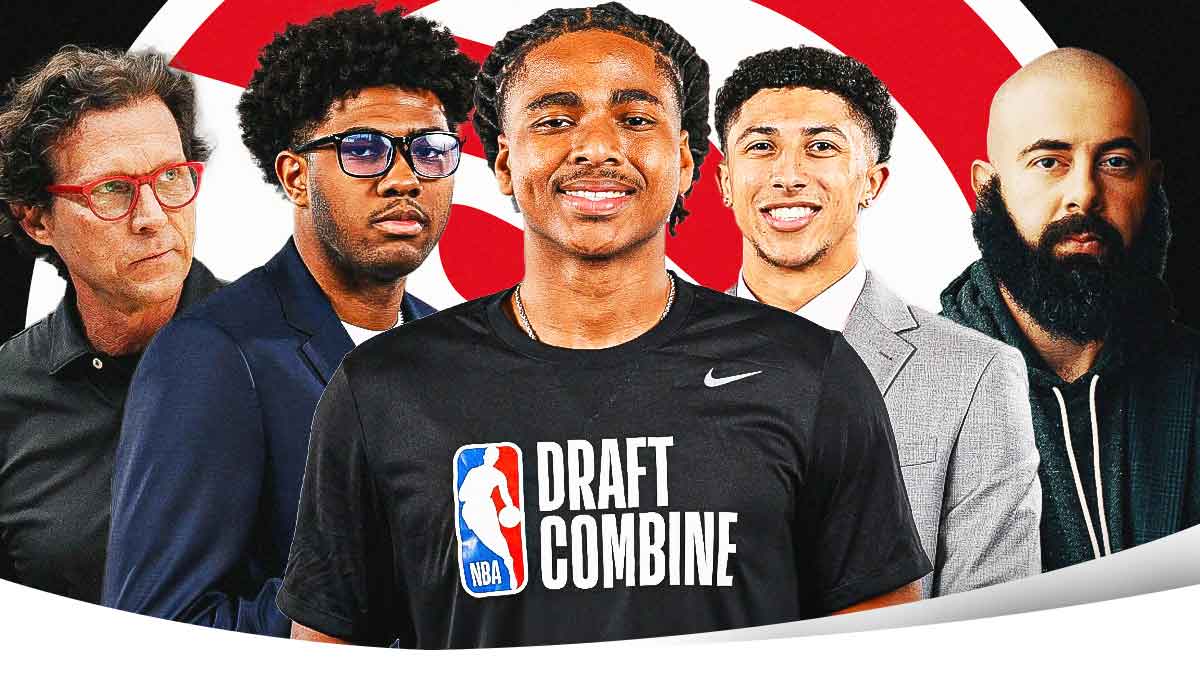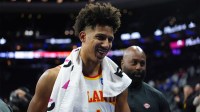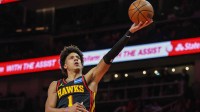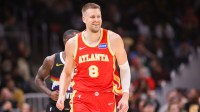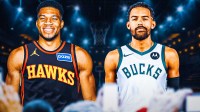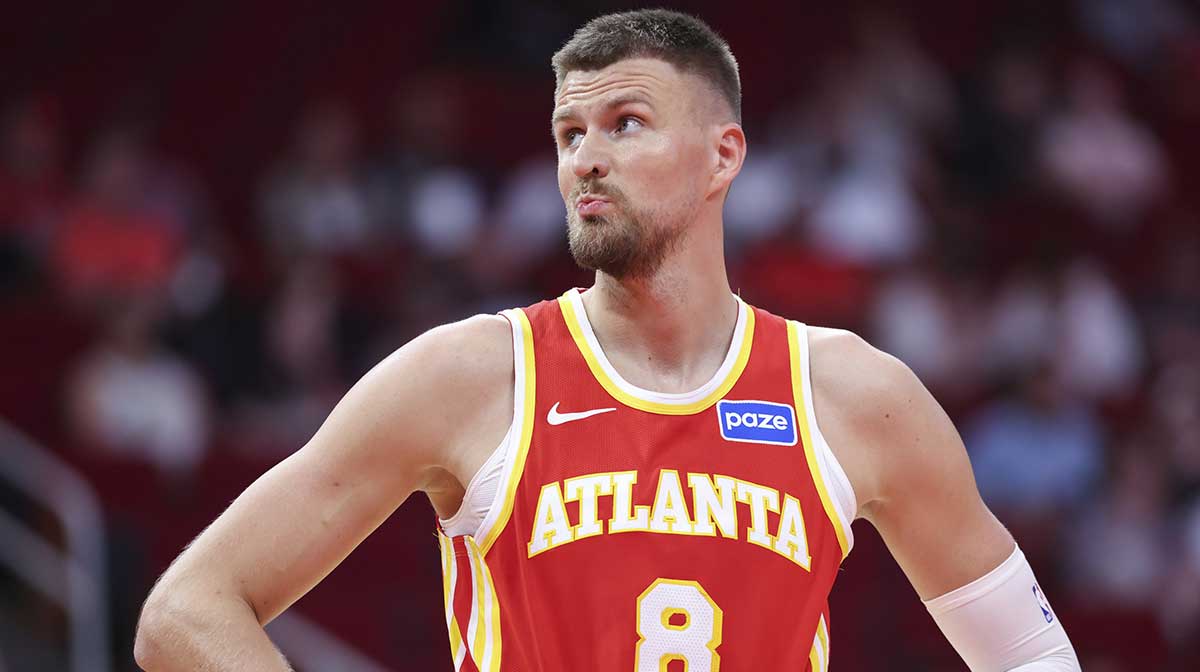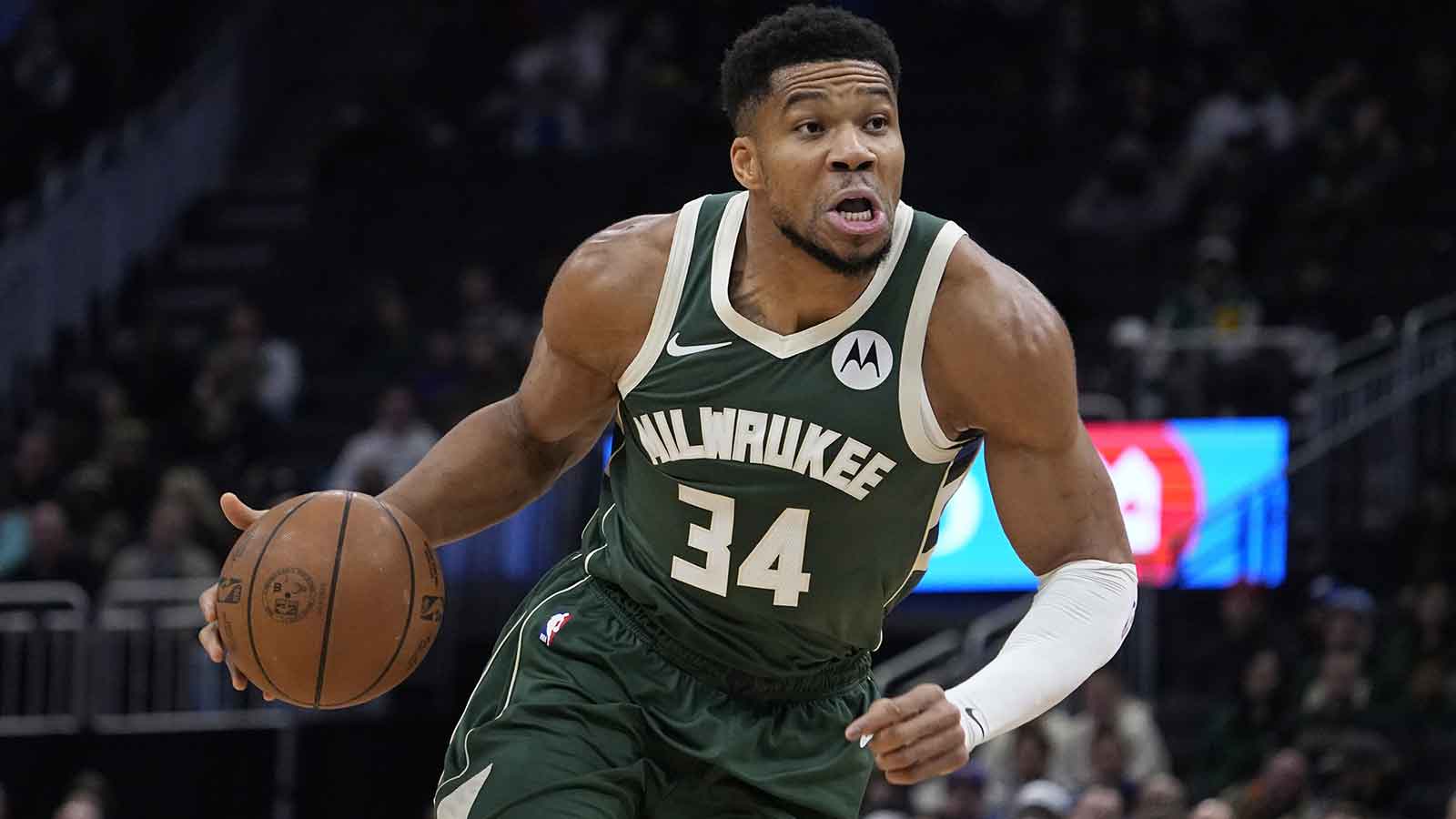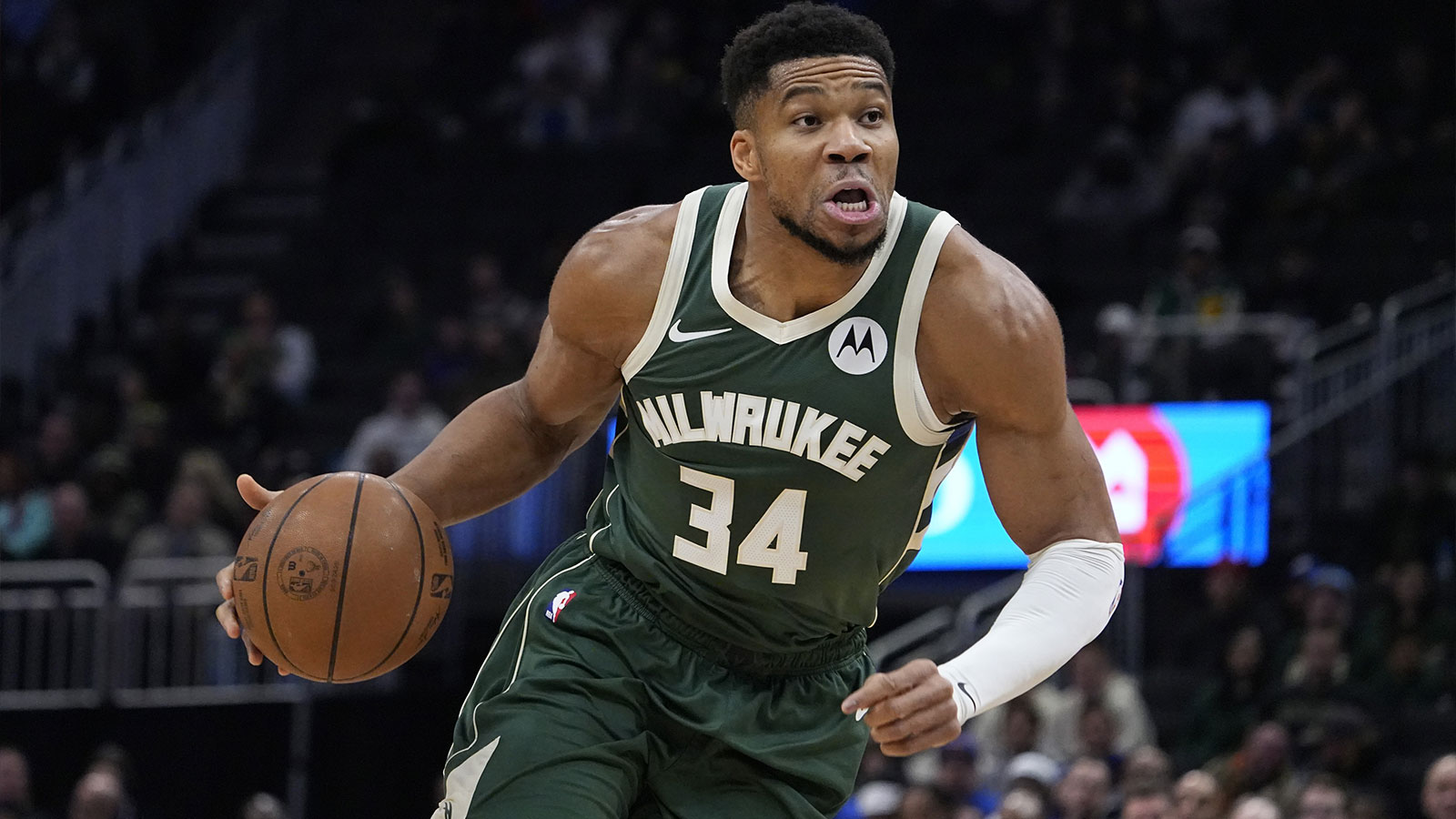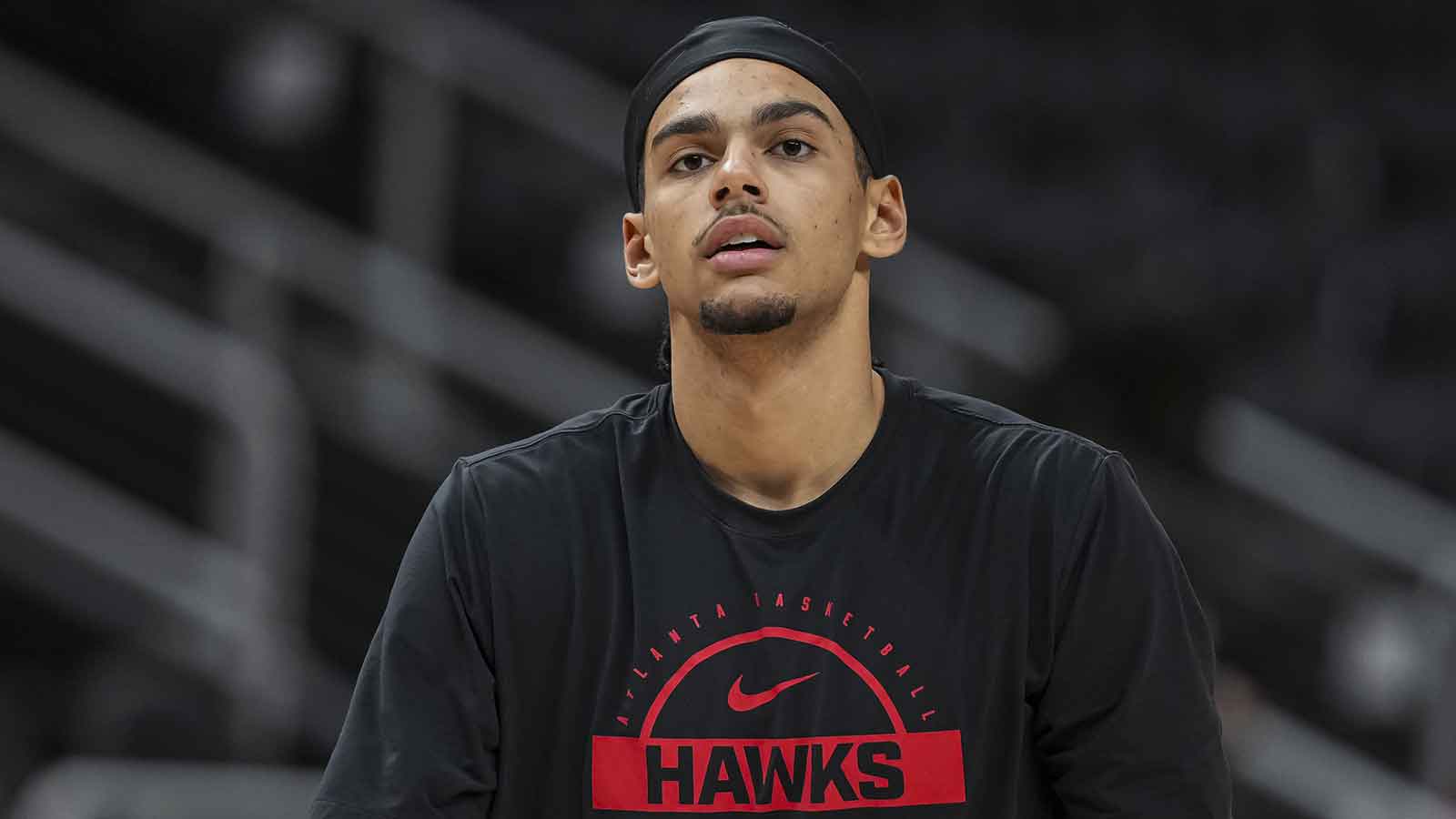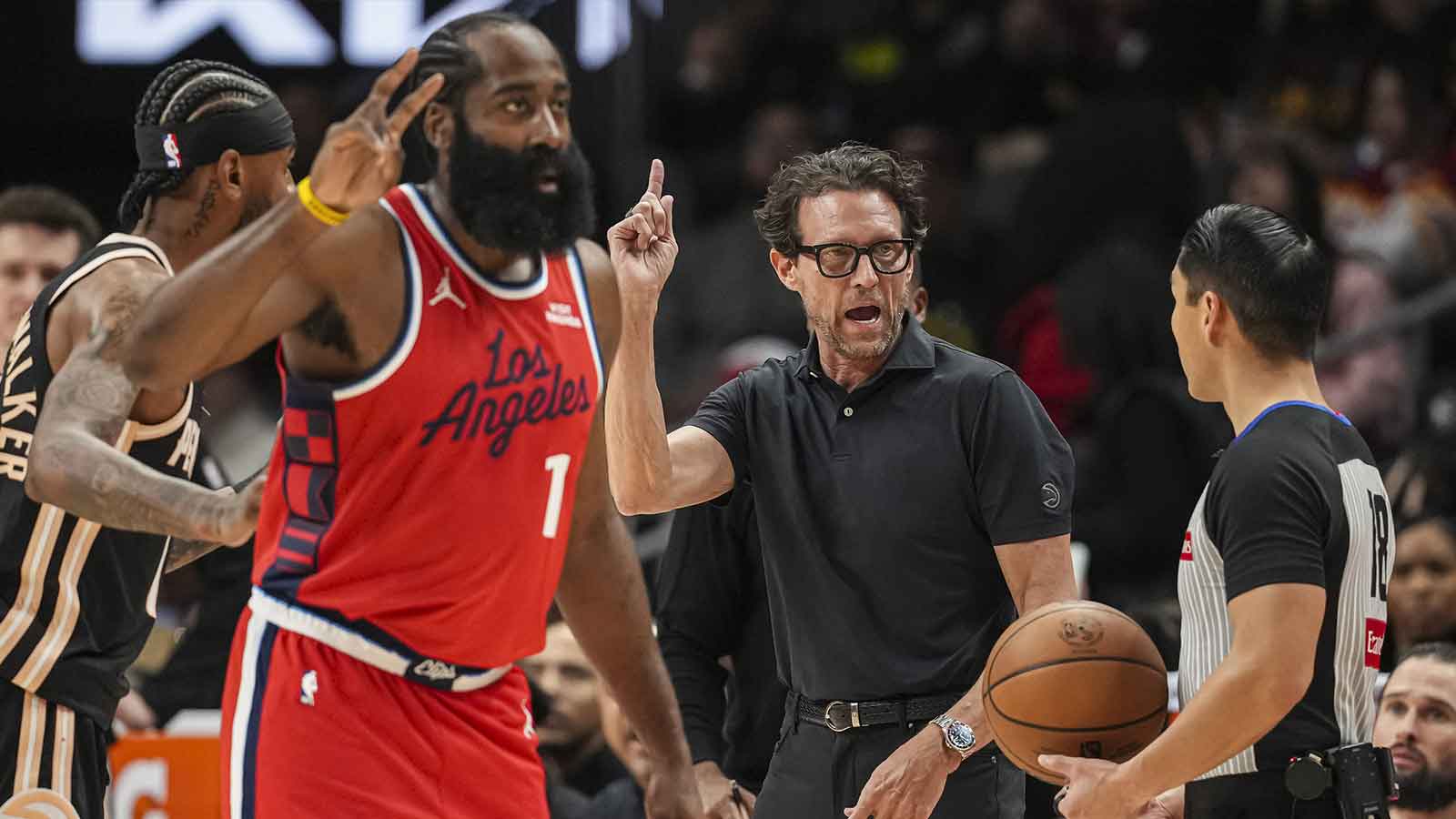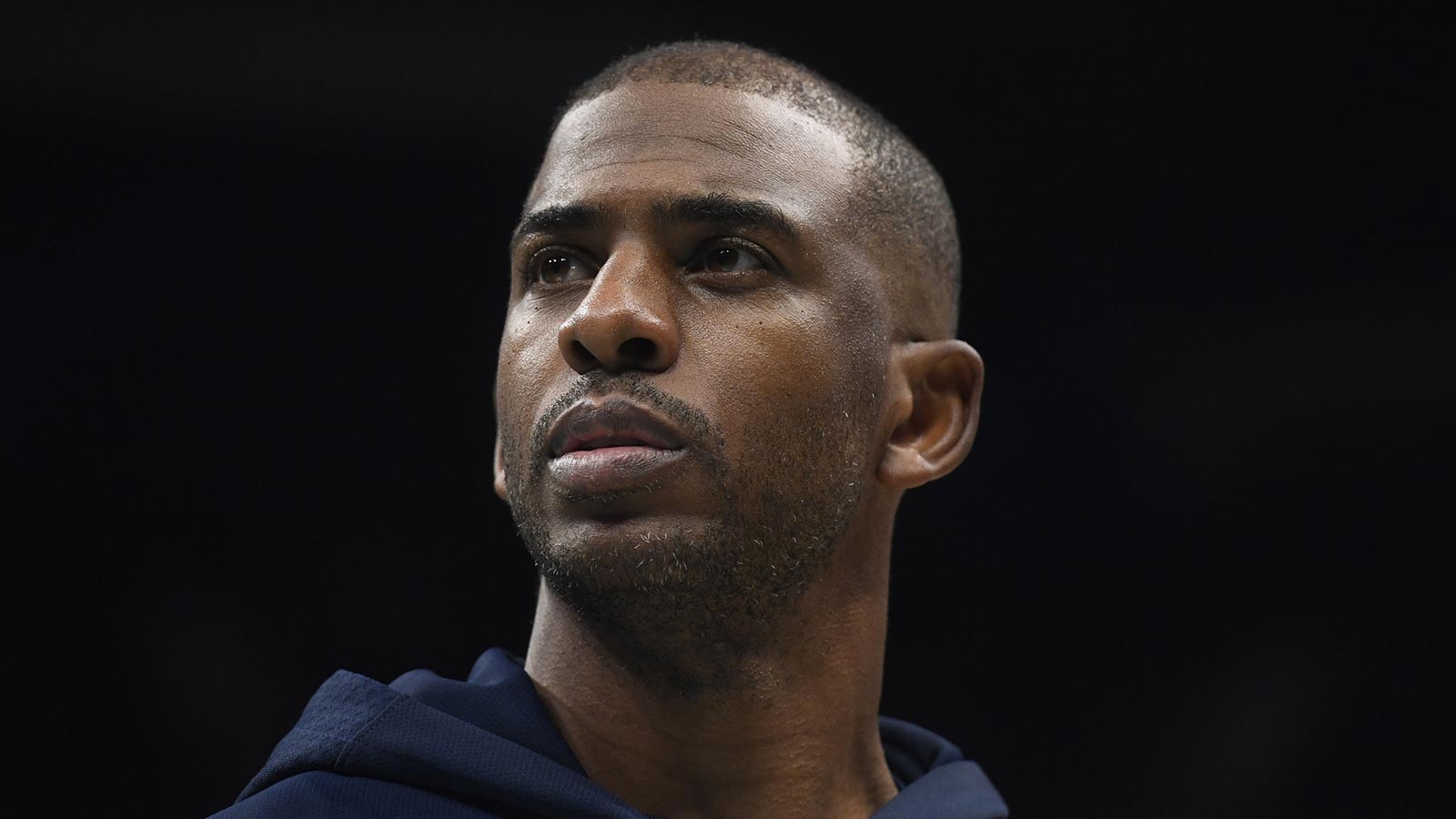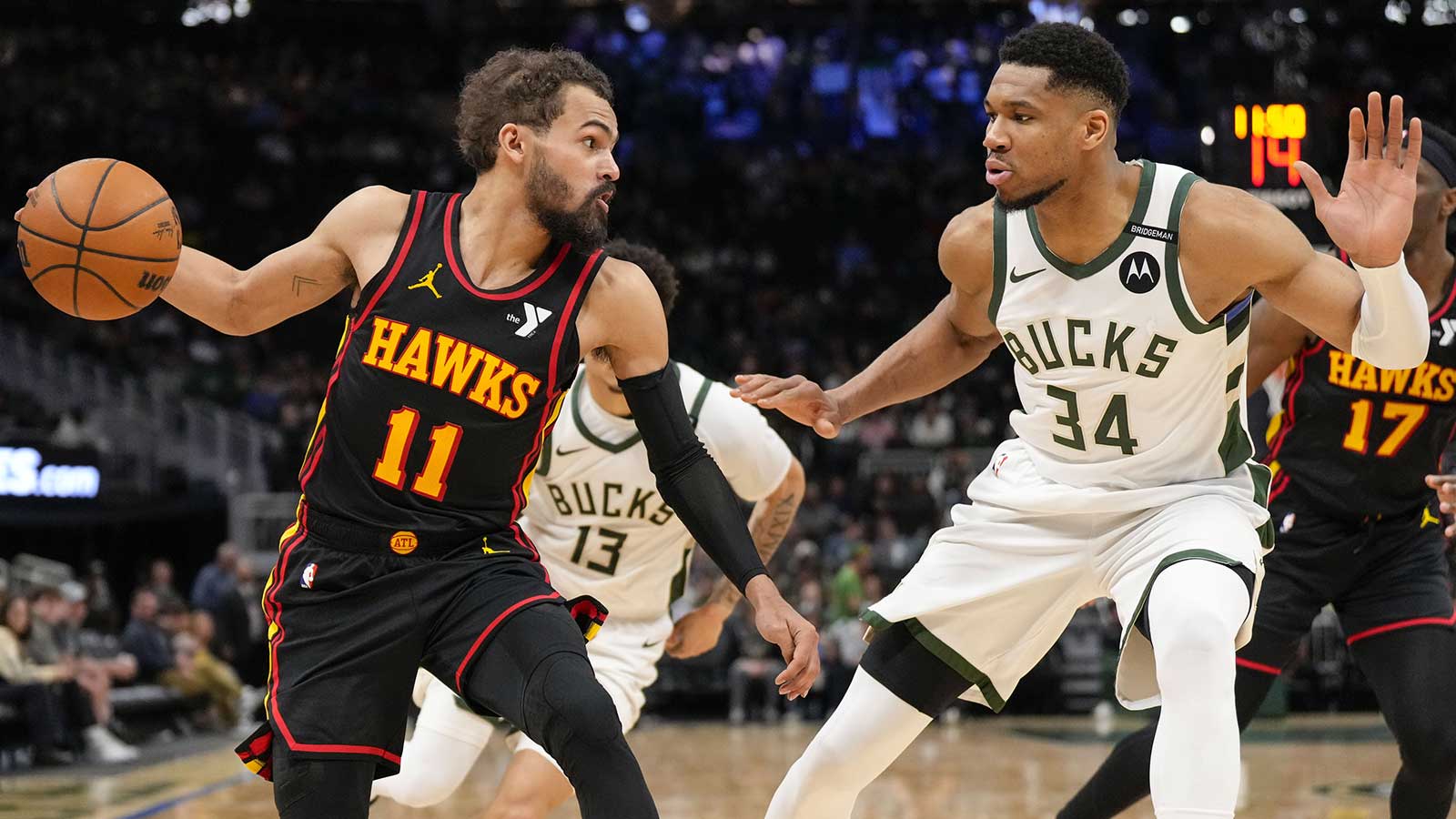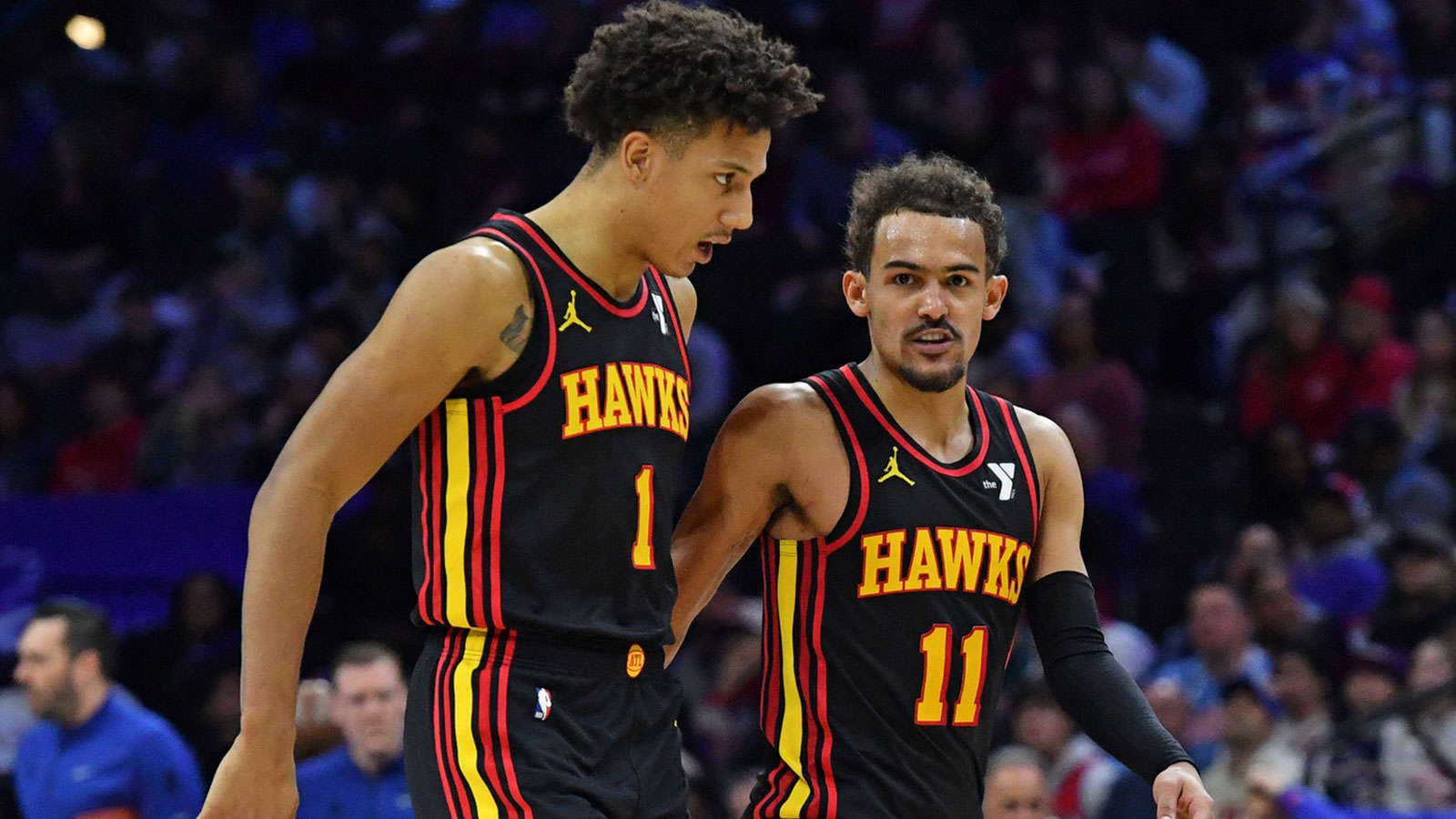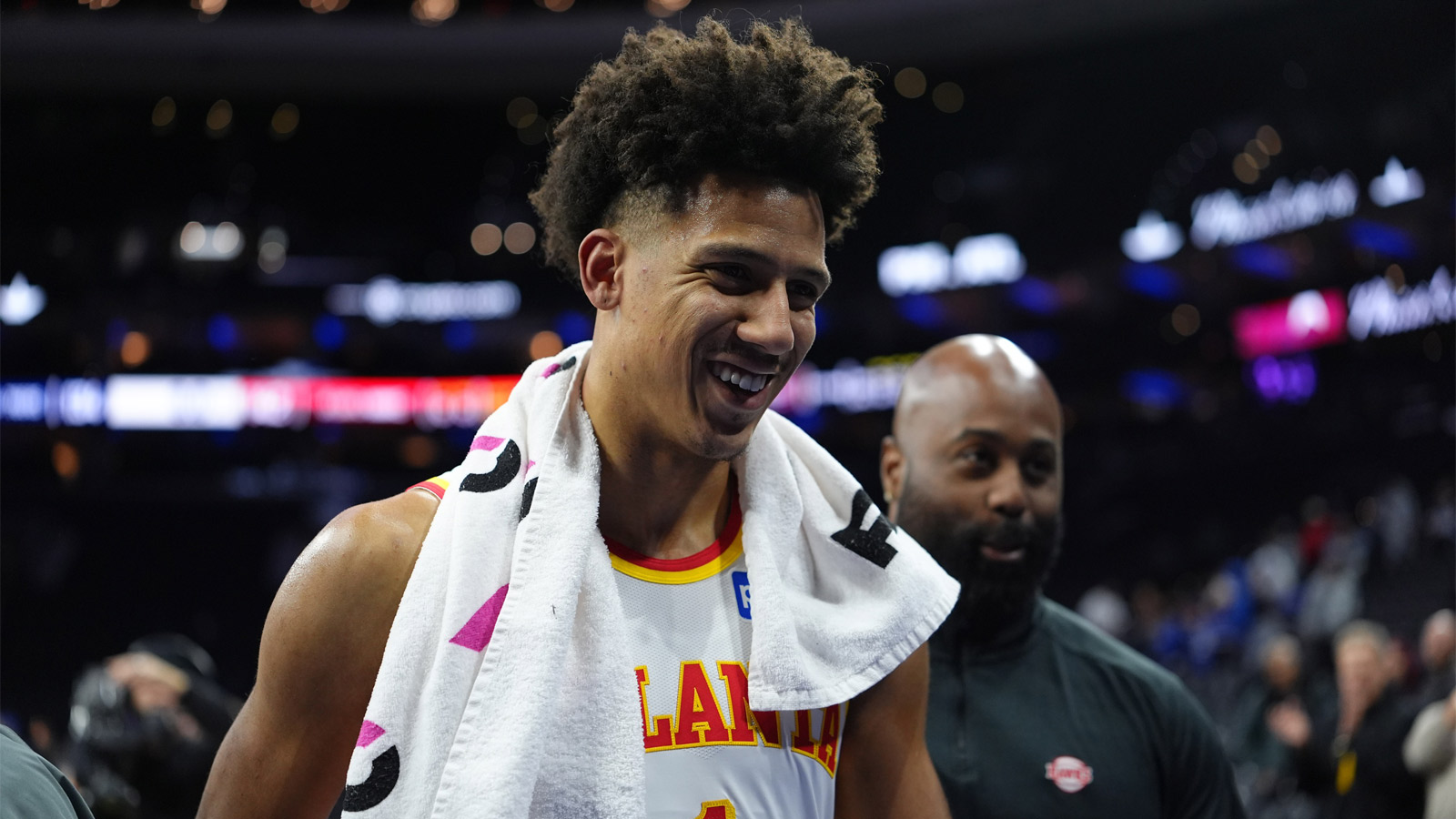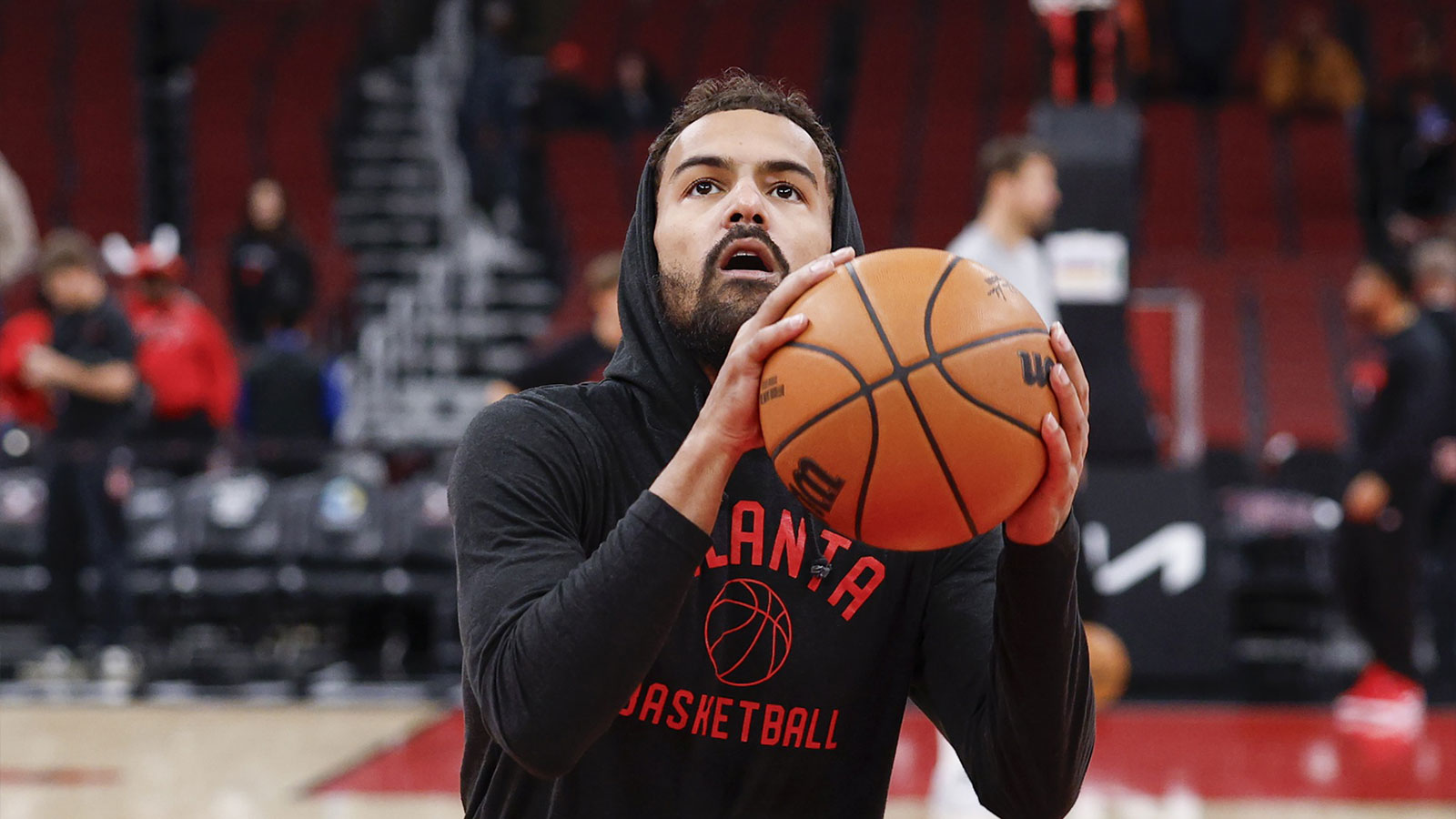It’s not hard to see that the Atlanta Hawks are at a crossroads. For a franchise that made the Eastern Conference Finals just a few years ago, recent seasons have been sobering. However, 2025 feels different. There’s no panic and no sugarcoating. With two first-round picks in hand—including the No. 13 selection—Atlanta is taking a measured approach. The Hawks know they’re not one great player away from a championship. That said, they also understand that smart roster decisions this summer could define the next half-decade of basketball in the ATL.
Season Recap: Another Step Sideways
The Hawks ended the 2024-25 season at 40-42. They fell short in both Play-In Tournament games and missed the playoffs for the second straight year. Sure, the record stung. Still, there were bright spots. Dyson Daniels became the first player in over 30 years to average three steals per game. Zaccharie Risacher flashed scoring upside, and Jalen Johnson posted career-best numbers before injury. For his part, Onyeka Okongwu remained a defensive anchor. Still, Atlanta’s defense lagged in key areas. Questions about Trae Young’s long-term fit also loom large ahead of a pivotal offseason.
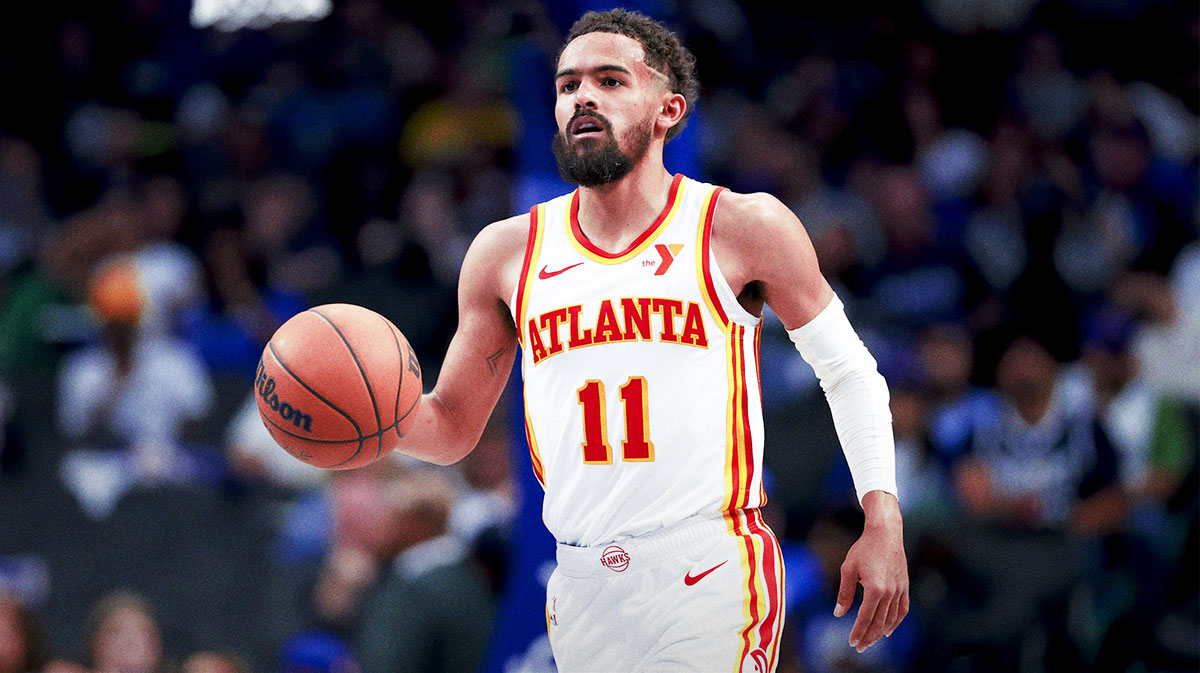
New general manager Onsi Saleh has made it clear the Hawks are building for sustained success. They seem to be pivoting from a Trae-centric offense to a young, versatile core led by Daniels, Risacher, Johnson, and Okongwu. All of them are 24 or younger and mostly team-controlled. Saleh’s blueprint prioritizes cap flexibility, defense, and draft development. Now, Atlanta has a prime opportunity to add another key piece that fits this modern, sustainable approach.
Here we will discuss the Atlanta Hawks' 3 best options after they got the No. 13 pick in the 2025 NBA Draft.
Option 1: Draft Jase Richardson (PG/SG, Michigan State)
Richardson is one of the most intriguing late-lottery talents in the 2025 class. At 6'4 with a near-6'10 wingspan, the Michigan State product surprised scouts by declaring after just one season. However, his breakout year was hard to ignore. He averaged 12.1 points, 3.3 rebounds, and 1.3 three-pointers made per game. Richardson proved to be a versatile combo guard capable of playing on or off the ball.
What makes Richardson a strong fit for Atlanta is his blend of IQ, poise, and adaptability. He doesn’t need the ball to be effective. Still, he can run the offense in stretches. That's an ideal skillset if the Hawks are preparing for life beyond Young. His defensive numbers mirror the aggressive tendencies that Daniels brings to the court. That creates the possibility of a disruptive two-guard tandem.
To be clear, there are questions. Richardson lacks elite burst, and some scouts wonder if he has the playmaking instincts to run an NBA offense full-time. However, in Atlanta’s evolving system, he may be the perfect puzzle piece.
Option 2: Draft Collin Murray-Boyles (PF, South Carolina)
Looking for physicality? Energy? Paint presence? Collin Murray-Boyles is your guy. The South Carolina forward is a matchup problem in the making. He is an undersized but powerful 6'7 four-man with a nonstop motor. His averages of 16.8 points, 8.3 rebounds, and 1.3 blocks last season barely scratch the surface of what he could become.
Murray-Boyles fits the Hawks’ mold: tough, versatile, and team-oriented. His ability to defend multiple positions, rotate quickly, and crash the glass hard would complement the rangy Jalen Johnson and the rim-protecting Okongwu. In fact, pairing all three in a small-ball frontcourt could result in one of the most defensively active trios in the league.
That said, shooting remains a big concern. Murray-Boyles has shown flashes of a face-up jumper but hit just 23.1 percent of his threes and is still developing consistent range. In a league increasingly defined by spacing, that limits his versatility.
Option 3: Draft Nique Clifford (SF, Colorado State)
If the Hawks want a more polished, plug-and-play option, Nique Clifford might be the most NBA-ready 3-and-D prospect available in this range. He is a fifth-year senior who blossomed at Colorado State. Clifford’s combination of length (6'6 with a 7'0 wingspan), perimeter defense, and knockdown shooting makes him one of the safest floor-raisers in this draft.
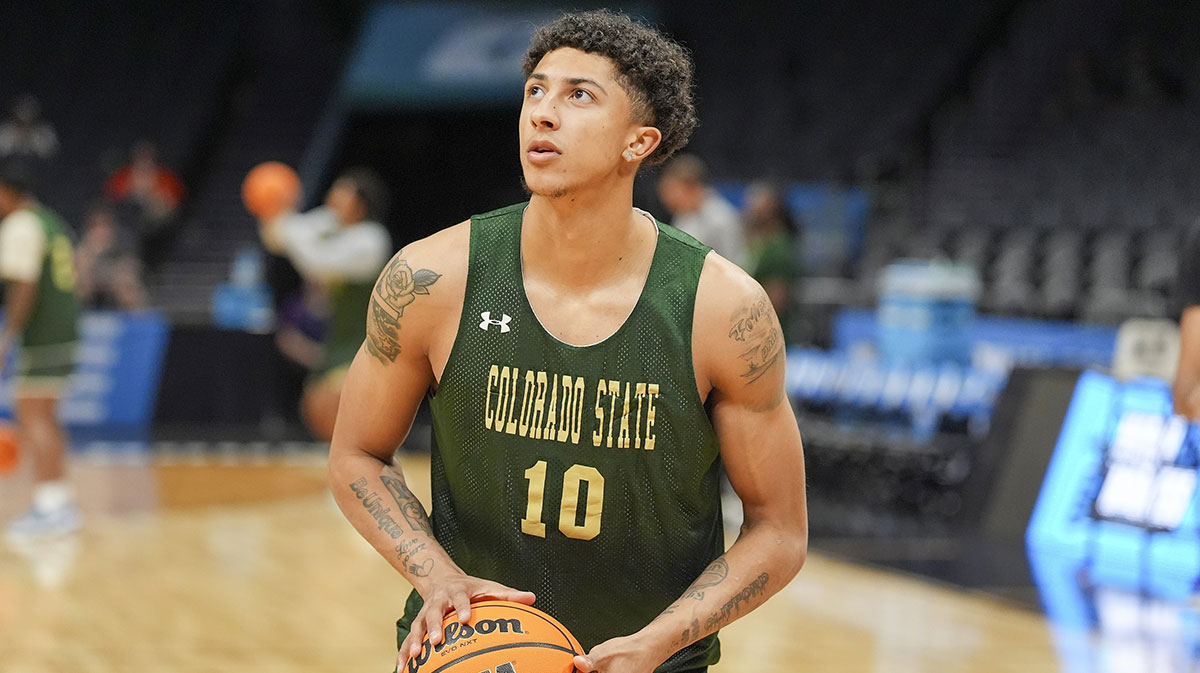
Clifford isn’t flashy. He’s not going to give you 20 points a night or run pick-and-rolls. That said, he’ll defend the opposing team’s best wing and crash the boards with intensity. In 2024-25, he averaged 18.9 points, 9.6 rebounds, and shot an impressive 37.7 percent from beyond the arc.
For Atlanta, Clifford could fill the void left by inconsistent wing depth. He offers a mature presence and could immediately earn minutes off the bench or even push for a starting role in three-wing lineups.
Smart Building, Not Star Chasing
This year’s No. 13 pick may not be flashy, but it’s crucial. The Hawks don’t need a savior. They need another strong, sustainable contributor who fits the long-term vision of youth, defense, and flexibility. Whether they go for upside (Richardson), physicality (Murray-Boyles), or instant impact (Clifford), the pick must align with the identity Atlanta is crafting.
The questions about Trae Young’s future will loom over the offseason. However, the draft is a chance to shift the narrative. They can talk less about what Atlanta was and more about what it could become. Saleh and the front office have a chance to shape a team that isn’t defined by one player but rather by a culture of cohesion, resilience, and adaptability.
The window to build a contender in the East is opening. The No. 13 pick is just a piece—but the right piece can change everything.

